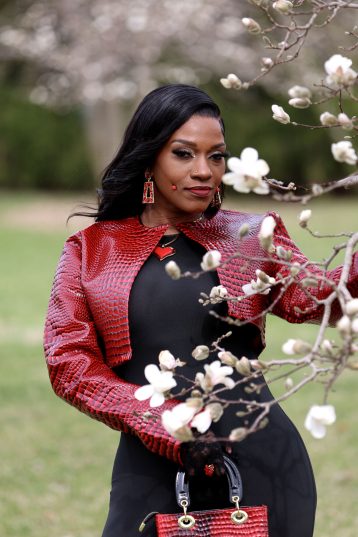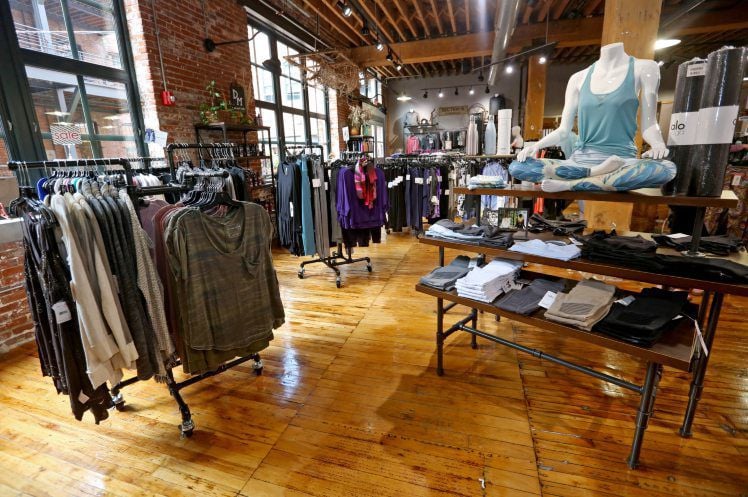In his new book, “A New Kind of Diversity,” Tim Elmore shares that we have concrete for brains. When we are younger, our brains are more like wet cement — moldable and pliable. After age 25, they become less flexible and set in their ways, like concrete.
My 18-month-old niece, Olivia, is proving this as she learns three languages. Her parents speak English in the home, her Brazilian grandmother speaks Portuguese, and since they live in Sweden, she learns Swedish at school. She can’t speak every language yet, but she understands the words and directions.
Have you ever tried something new as an adult? It can feel more challenging than the habits you created at a younger age.
My grandparents were a part of the Greatest (born 1901-1924) and Silent (born 1925-1945) generations. People of this time period were respectful, grateful and thrifty. World wars and the Great Depression molded their younger years. They created survival habits by working any available job and using their resources wisely.
Family members born between 1946 and 1964 are labeled as Baby Boomers, the second largest generation totaling 76.4 million people. Our population and economy were booming as we climbed out of the war. These young people had a better childhood than their parents, so their outlook on life is more idealistic and optimistic.
Generation X (born 1965-1980) is the smallest generation, totaling 49 million. These people tend to be more independent and self-reliant because they are the latchkey generation — children who were home without adult supervision after school. Both parents worked outside the home, so the kids had a house key pinned inside their jackets. (Automatic garage door openers were not invented yet.) After school, the youth arrived home alone, found a snack, watched a little TV and started their homework. They were in charge of their schedule for a few hours.
Generation Y, also known as Millennials (born 1981-1994), includes 80 million, which makes them the largest generation. Even though they were influenced by the Sept. 11, 2001, attack and school shootings, they have an optimistic and confident attitude. The economy was strong in their younger years, and they had opportunities to participate in diverse activities. They bring energy and socialness to gatherings.
Generation Z (born 1995-2012) and the Alpha Generation (born after 2013) are in their moldable years. Multiple recessions, including the Great Recession of 2008 and the recent pandemic, will influence their habits and attitudes. However, their brains are not fully set. They are flexible in handling these adversities.
As we prepare for family reunions and vacations this summer, we need to seek to understand our friends and relatives. Teach the younger children the gifts that each generation offers.
We might experience tense moments when older generations complain about using disposable plates at a picnic. Remember, the world they grew up in taught them to be resourceful and thrifty. Younger people might depend on technology for all their needs, directions to an event, entertainment and social connections. Remember, this tool has helped them problem-solve and navigate their world.
The habits embedded into our brains at a young age are neither good nor bad, just necessary. Even though older brains might be more like settled concrete, they can change.
We need to seek to adapt to the circumstances of our life. Be patient with yourself and others as this resiliency could take longer than in our moldable, younger years.
Kathie Rotz is an executive leadership coach and speaker with Unity Consulting and the author of “You Have Superpowers” online learning program.














